Product Description:
HC-SR501 PIR Sensor Module (Passive Infra-Red ) Sensor is an electronic semiconductor type sensor that measures infrared (IR) light radiating from objects in its field of view. This module detects and gives a trigger when there is any motion by a heat radiating object in its range of view. This sensor is passive as it does not emit or radiate any energy for detection. Every object above absolute zero emits heat, this heat signature is in Infrared wavelength which cannot be seen by normal eye, but they can be measured by infrared devices. This Sensor is covered with Fresnel Lenses, which create a wide angle of detection and also used for noise filtering. This PIR includes an adjustable delay before firing (approx 0.5 – 200 seconds), has adjustable sensitivity. It runs on 4.5V-20V power (or 3V by bypassing the regulator with a bit of soldering) and has a digital signal output (3.3V) high, 0V low. Its sensing range is up to 7 meters in a 100-degree cone.
Specification:
PCB Dimensions: Approx. 32 x 24mm
Screw hole distance: 28mm screw aperture 2mm
Sensor lens size: (diameter): 23mm (default)
Operating voltage: DC5V to 20V
Static power consumption: 65 uA
Level output: 3.3Vlow 0V
Delay time: adjustable (0.3 seconds to 18 seconds)
Blockade Time: 0.2 seconds
Trigger Mode: L can not be repeated, H can be repeated, default value H
Sensing range: less than 120-degree cone angle of less than 7 meters
Operating temperature: -15 to +70 degrees
Automatic induction: when someone enters its sensing range input high people leave the sensor range automatic delay off high. Output low
Instructions for use :
1. After the induction module is powered on, there will be an initialization time of about one minute, during which the module will output at intervals 0-3 times, enter the standby state after one minute.
2. Try to avoid interference sources such as lights directly on the lens on the surface of the module to avoid introducing interference signals to cause misoperation; try to avoid flowing wind in the use environment, which will also cause interference to the sensor.
3. The sensing module adopts a dual-element probe. The window of the probe is rectangular. The dual-element ( A- element, and B- element) are located at both ends of the longer direction. When the human body walks from left to right or from right to left, the infrared spectrum reaches the dual element. There is a difference in the time and distance of the sensor. The larger the difference, the more sensitive the sensor. When the human body walks toward the probe from the front or from top to bottom or from bottom to top, the dual element cannot detect the change in infrared spectral distance, no difference, Therefore, the sensor is not sensitive or does not work; therefore, when installing the sensor, the direction of the dual element of the probe should be parallel to the movement of the human body. Many directions should be as parallel as possible to ensure that the human body is sensed by the dual element of the probe. In order to increase the sensing angle range, this module uses a circular lens, which also makes the probe sense on all sides, but the left and right sides are still larger and more sensitive than the upper and lower directions. The installation must still follow the above requirements as much as possible.



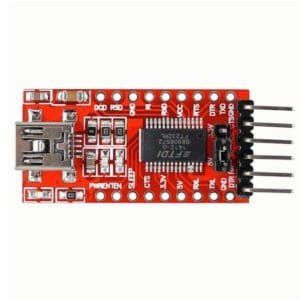
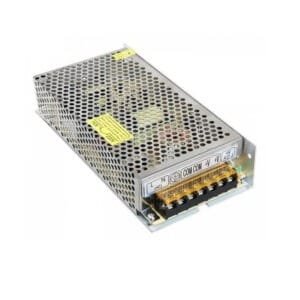

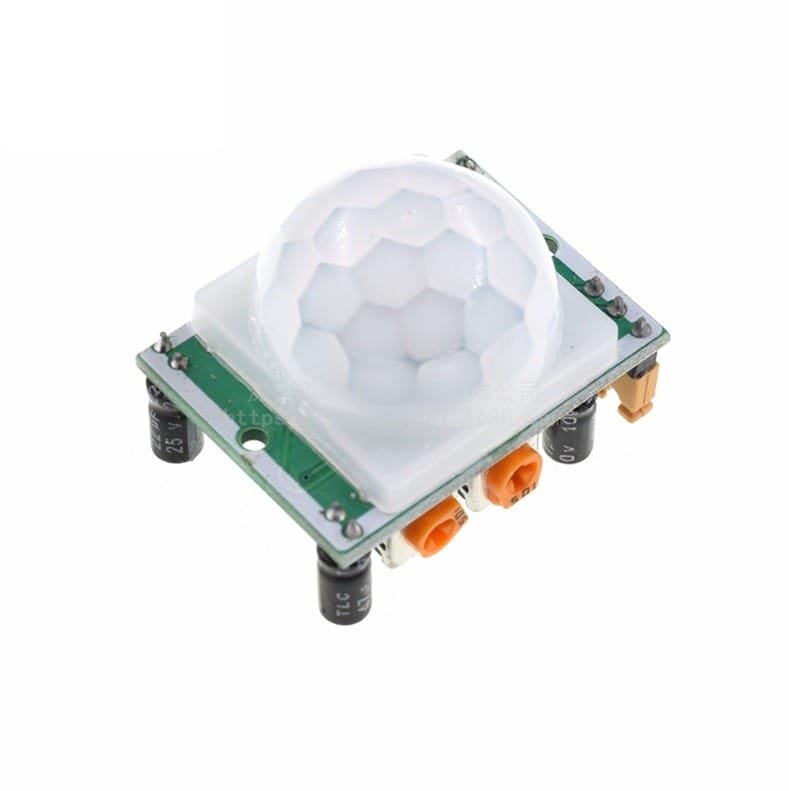
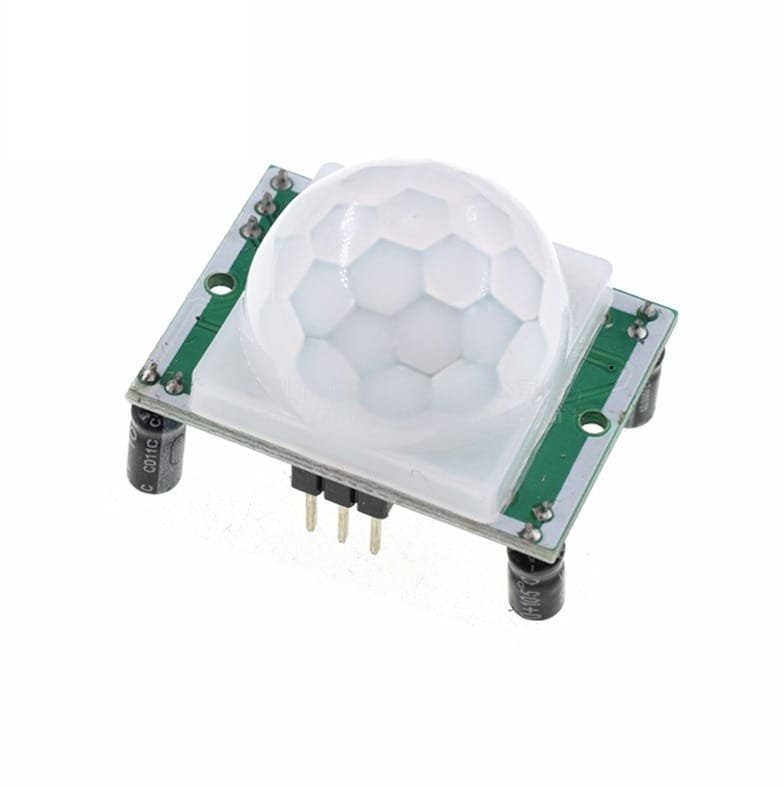





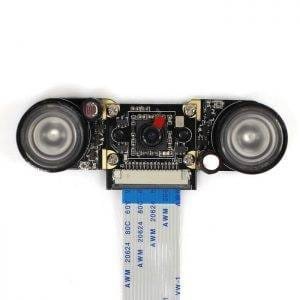
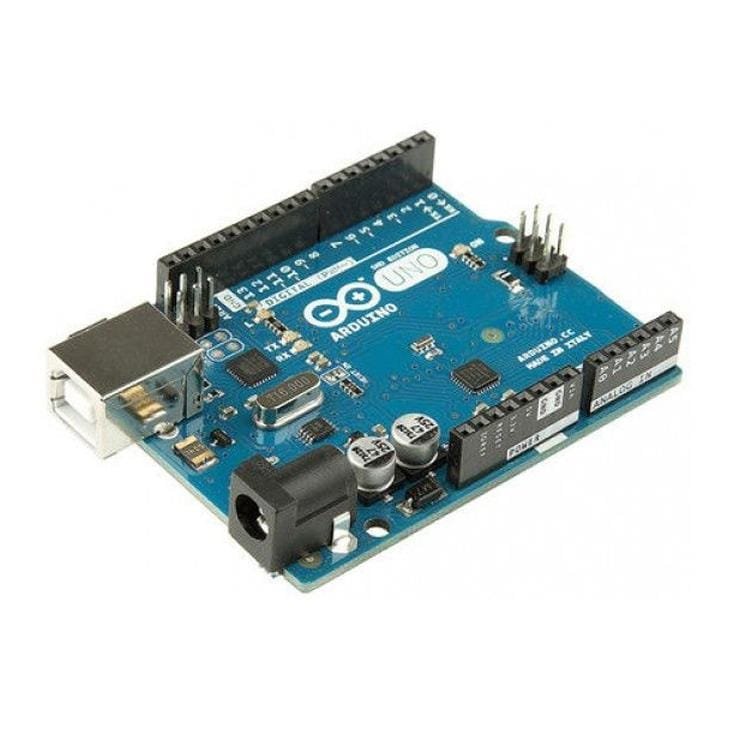
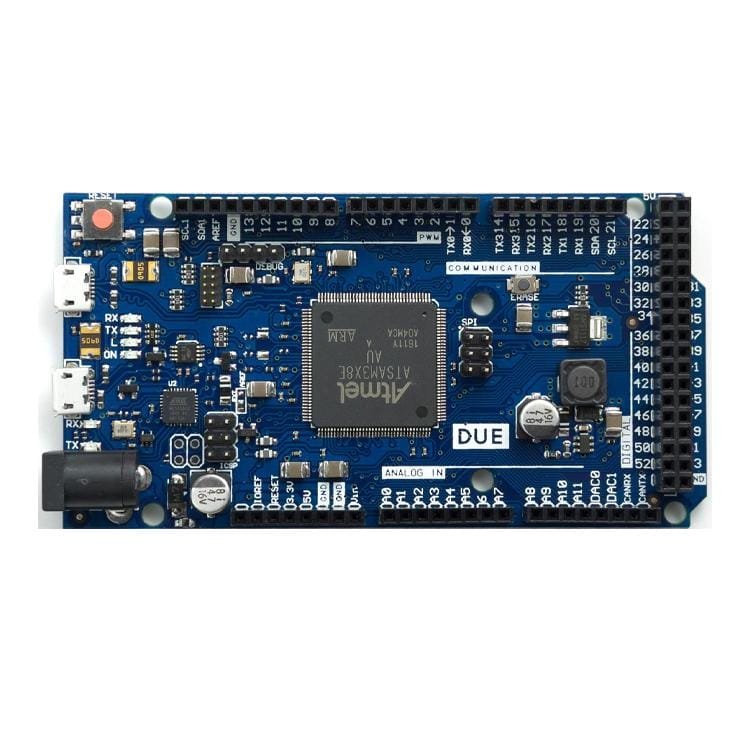
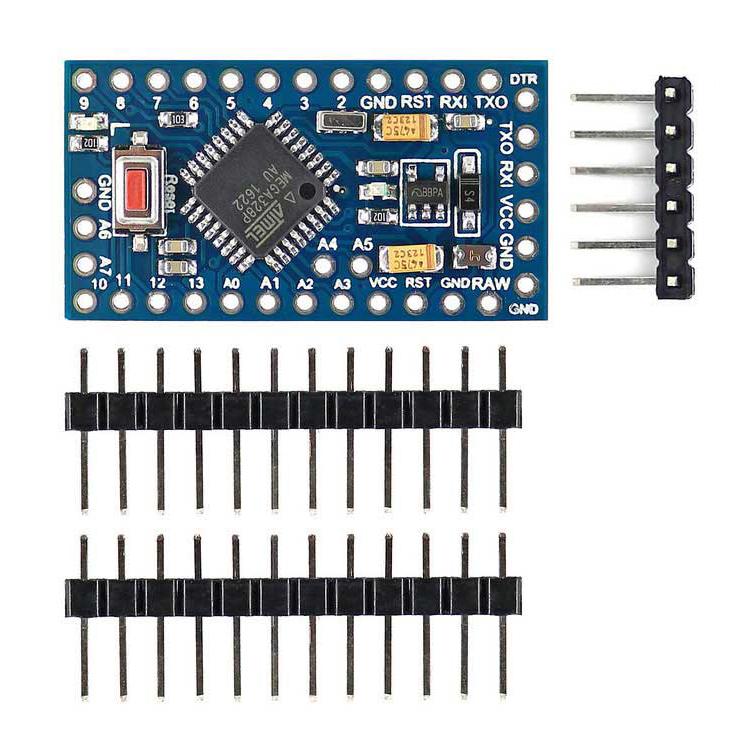
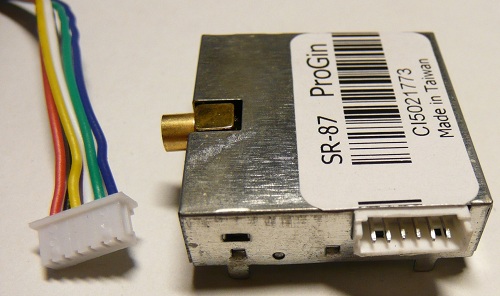
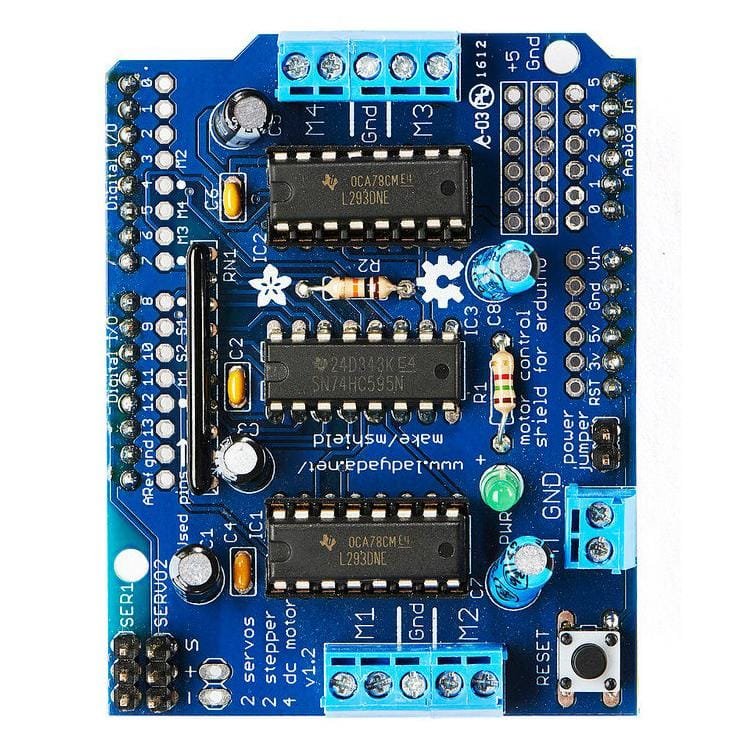
Reviews
Clear filtersThere are no reviews yet.